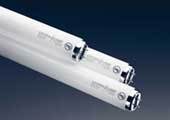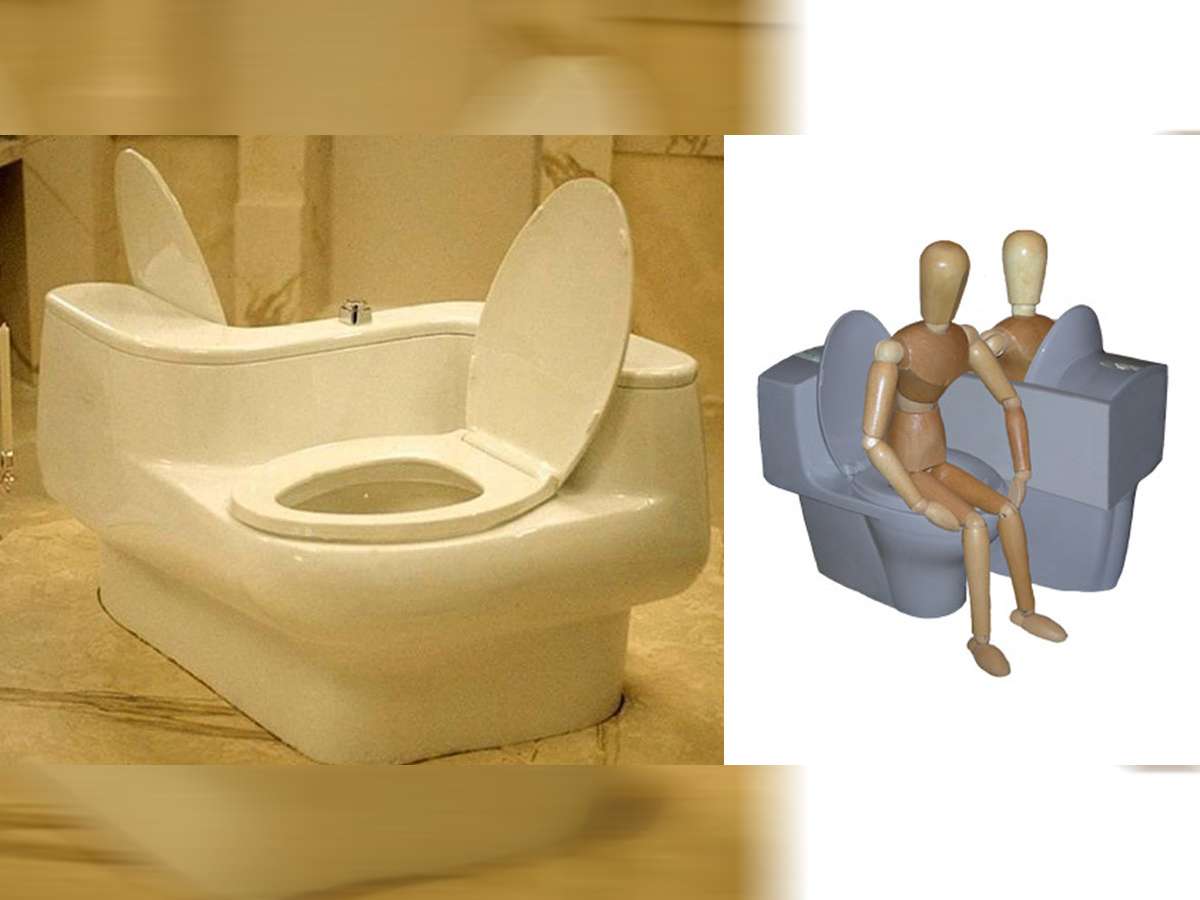Every home (and most businesses) in the United States use light bulbs. Most homeowners use incandescent bulbs but a growing number use fluorescent lights, including compact fluorescent (CFL), or high intensity discharge (HID) light bulbs, while the majority of office buildings and warehouses use fluorescent bulbs. We need to know what to do with them after they’ve served their purpose.

Don’t throw away those old shop lights! Recycle them! Proper disposal of mercury-containing light bulbs, like fluorescent shop lights, helps our environment in more ways than one. The glass from the spent bulbs is remanufactured into other glass products and the mercury is reclaimed and reused in new fluorescent light bulbs and other mercury-containing devices. They even recycle the metal end-caps and phosphor powder.
The Environmental Protection Agency (EPA) estimates that over 670 million mercury-containing light bulbs are discarded annually. That’s a lot of light bulbs to deal with. Where do they all go? Most of them end up in the landfill but a growing percentage of bulbs are recycled through lamp reclamation programs thanks, in part, to stricter federal and state regulations. That’s the good news.
If you want to make the responsible choice of properly disposing of your spent mercury-containing lamps, home or business, then I can help you out.
It is an inescapable fact that if you toss a mercury-containing light bulb into the trash, it will eventually break before it comes to rest in the landfill. When it does break, it will introduce (on average) 5 milligrams of mercury into the environment. That’s about 1/100th of the amount found in a mercury fever-type thermometer (Source). Now multiply that times, oh say… 500 million incidents per year and that means fluorescent light bulbs, CFL’s and HID lamps are a major contributor of mercury pollutants in our environment.
The point I’m making is that it’s a huge (global) problem that can be reduced with proper disposal techniques. All you really want to know is…How do I get rid of my spent bulbs and have a clear conscience? Read on my green friend.
The EPA provides information for homeowners with 4 steps for dealing with spent fluorescents and HID bulbs.
They also provide a map where you can click on your state or region to find recycling programs.
LampRecycle also provides an updated list of companies that recycle (or handle) spent mercury-containing bulbs. ‘Handle’ means that the company claims to follow federal, state and local regulations in handling and transporting the spent bulbs to a recycler.
Information For Businesses To Properly Dispose of Spent Fluorescent Light Bulbs
Facility managers take notice! The EPA also provides a plethora of information to businesses for dealing with spent fluorescents and HID bulbs.
Related
- State Lamp Recycling Regulations
- EPA Regulatory Framework
- See how strict your state’s regulations are by visiting the State-by-State Stringency Comparison Table provided by LampRecycle.org.
- What do I do if I break a fluorescent light bulb?
- Mercury-Containing Bulb FAQ
Sources



